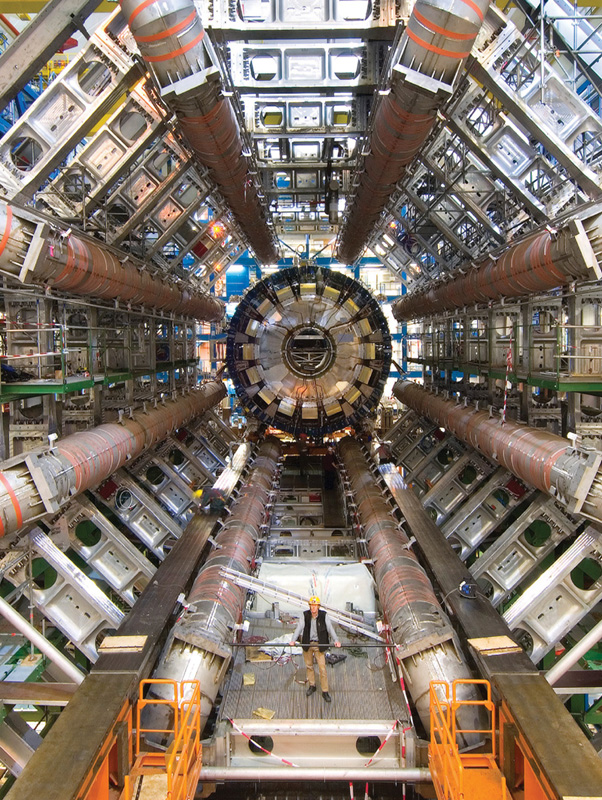
WHAT IT IS The moment at which the cosmos was born
WHY YOU WON’T DO IT Reproducing it too effectively might just bring an end to the Universe
It is a question that has captivated mankind for millennia: how did our world and the Universe around it begin? As far as most of the scientific community is concerned, the answer is that everything began with the Big Bang a little less than 14 billion years ago. Understanding this phenomenon occupies the working lives of thousands of scientists around the world.
The Big Bang theory describes the moment at which our Universe, then an unimaginably hot and dense bubble smaller than an atom, exploded. All that energy rapidly expanded and cooled, creating matter and space and time – in short, all the conditions and materials needed to build our Universe as we know it today. That, then, is the theory but scientists continue to struggle to comprehend just how the process occurred. So might we some day be able to recreate the conditions of the Big Bang and thus answer some of the most fundamental questions of our existence?
The basic building block of our Universe is the atom, consisting of protons, electrons and neutrons. It has only been in relatively recent times (i.e. since the early part of the 20th century) that we have been able to split the atom and increase our understanding of how these subatomic particles work. The problem for those studying the Big Bang is that they are dealing with even smaller building blocks – sub-subatomic particles such as neutrinos and quarks. However, it is now possible to break down protons and neutrons into quarks and other massless subatomic particles known as gluons. These can exist for just the tiniest fraction of a second before dying in a flash of energy – just long enough for the most cutting-edge gadgetry to observe them.
So how do we go about isolating these subatomic particles that were present in the first few milliseconds of the creation of the universe? For all the technology involved, the basic answer is by using brute force.
The chief bit of equipment needed is a particle accelerator. Often taking up acres of land, these remarkable pieces of kit are the proverbial massive sledgehammers used to crack tiny subatomic nuts. They consist of vast banks of magnets that accelerate proton beams into each other close to the speed of light. In some cases they are simply arranged around a long, straight tunnel (a linear accelerator), while in others they are arranged in a huge doughnut-like ring known as a torus, allowing physicists to send particles round and round in circles, building up speed and energy all the time. When the protons collide at a high enough velocity, heat millions of times greater than that of the Sun is created, smashing the particles into their component parts.
There are several particle accelerators around the world but the largest and most famous is the Large Hadron Collider (LHC) run by CERN (the European Organization for Nuclear Research). Located underground on the Franco-Swiss border, it cost around US$10 billion to build and entered operation in 2008. Boasting a staff of some 10,000 scientists, the LHC seeks to recreate the conditions of the Universe in the trillionth of a second following the Big Bang. Its most important breakthrough so far has been the apparent 2012 discovery of the Higgs boson: believed to be responsible for creating mass in other subatomic particles, the Higgs was first suggested in the early 1960s, but had hitherto only existed in theory. Such startling discoveries have ensured that the LHC is the place to be for anyone harbouring serious ambitions to answer the really big questions of our existence. However, to get there, you’ll need to prove that you’re among the scientific elite.
So does all this mean that scientists are closing in on recreating the Big Bang itself? Not really. But they are now gaining a much better knowledge of what occurred in the first moments following it, and at the same time greatly increasing our understanding of why the Universe is the way it is today, and how it might change in the future.
ATOM SMASHER This simulation shows the burst of particles detected by the LHC’s Compact Muon Solenoid (CMS) experiment during a typical collision between protons. By measuring the speed and direction of the particles produced in the collision, physicists can learn more about the deep structure of matter.